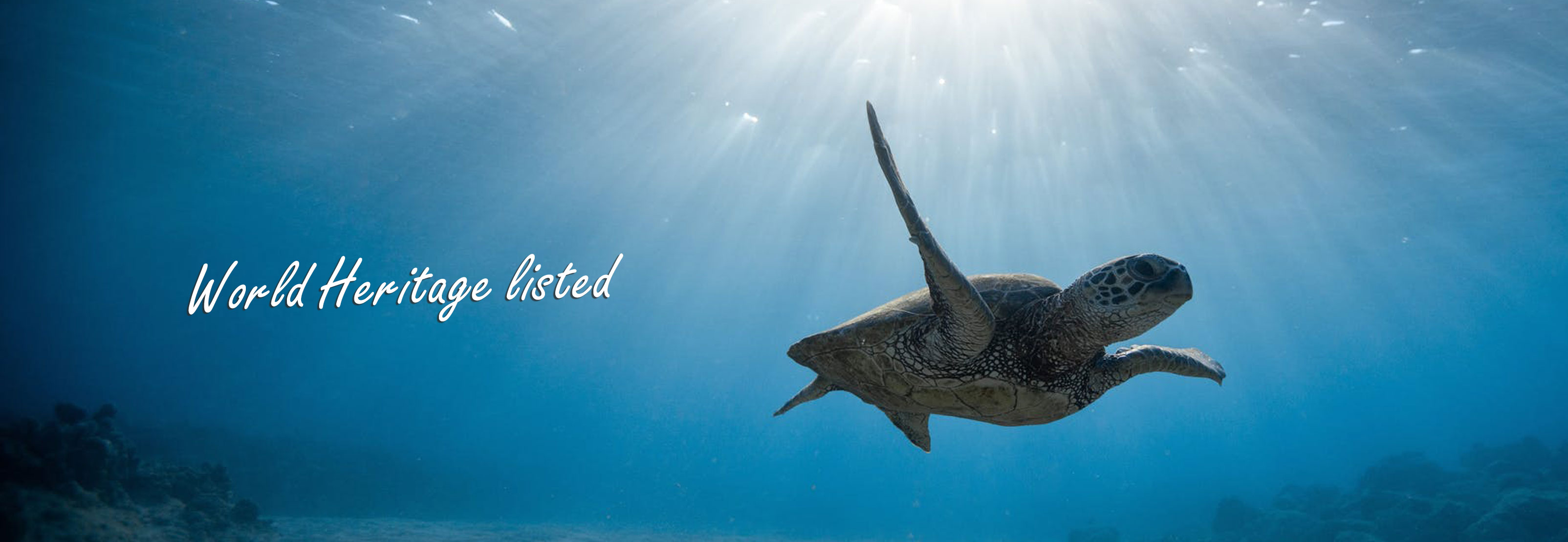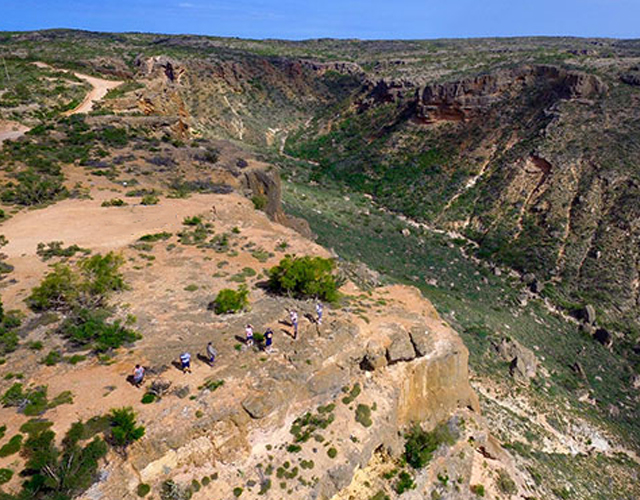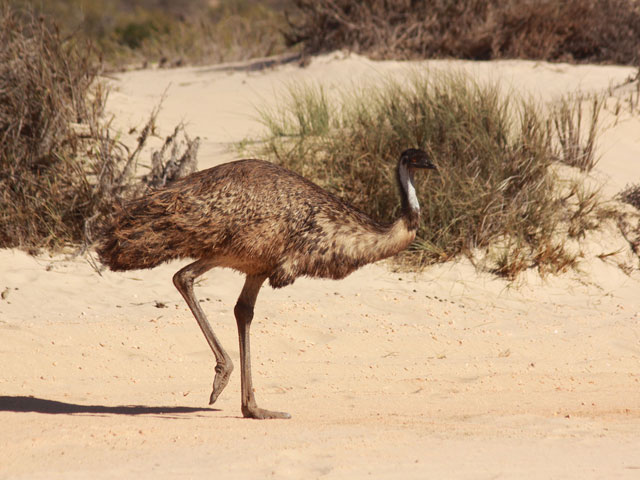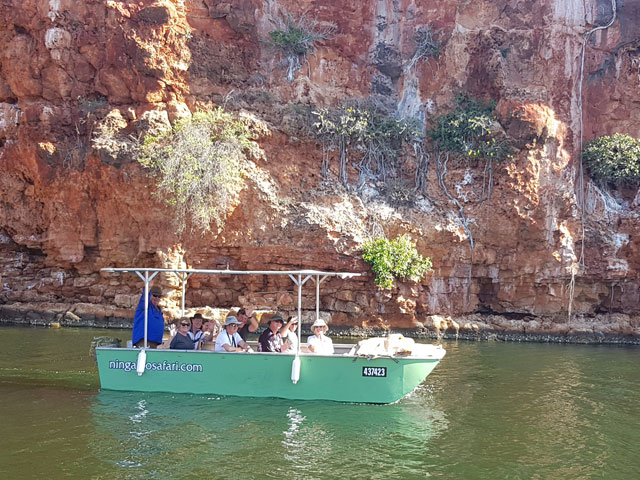
The Ningaloo Coast was inscribed on the World Heritage List for its natural beauty and biological diversity. In particular, the Ningaloo Coast was included on the World Heritage list in recognition of its:

Your visit to Exmouth will coincide with one of these wonderful marine events:
APRIL TO JULY
Following the mass of spawning of coral the world's biggest species of fish the whale shark congregate in the Ningaloo Marine Park. These massive filter feeders can grow up to 12m long. Ningaloo Reef is one of the only places they appear regularly in large numbers.
NOVEMBER TO MARCH
Marine turtles, including the Green, loggerhead and hawksbill begin mating and nesting along the beaches of the Jurabri and Ningaloo marine parks.
JUNE TO NOVEMBER
The majestic humpback whales migrate north to Broome to give birth in the warmer Indian Ocean Waters. On their way back down to their feeding grounds in Antarctica mothers rest with their new born babies in the Exmouth Gulf. This is a very special time to observe mother teaching their young how to fend for themselves.
JANUARY TO APRIL
Hatchlings begin their dash for the waters


In ancient times the North West Cape was isolated as rising sea levels inundated lower lying areas. The Cape range is the "backbone" of the cape and is the remains of the ancient sea floor, thrust upwards by movements in the earth's crust. Ningaloo Coast provides a window into the evolution of reefs, changing sea levels and the movement of continents over time. The unique landscape allows scientists to gain an understanding of biological and geological evolution over the past 150 million years.

Cape Range National Park is a spectacular place of rugged limestone ranges, breathtaking deep canyons and 50 kms of pristine beaches. The park is 40 km from Exmouth and covers over 50, 000 hectares. Cape Range is abundant with native wildlife. Commonly sighted are emus, euros and red kangaroos, bungarras, bustards, echidnas and a wide variety of bird life.

One of the highlights of the park is Yardie Creek, where deep blue water lies imprisoned between the vertical cliffs, creating an atmosphere of tranquility, sublime isolation and magic. A sandbar traps the water and the striking reflections of the sheer canyon's multi-coloured bands are breathtaking. The gorge is a haven to an abundance of bird species that nest amongst the shear cliff faces. These rocky cliff faces are also the home of the timid and endangered Black Footed Rock Wallaby.

Cape Range peninsula is built from skeletons of ancient reefs that gradually emerged from under the sea. The underground caves house rare fauna. Many species of fauna & flora are endemic to the area such as the Cape Range Grevillia & the red centered variety of the Stuart Desert Pea. Cape Range boasts over 630 species of flowering plants. No better time is there to see the colourful splendor than in late winter when the wildflowers bloom. From Aug. to Sep. see carpets of Mulla Mulla & lashes of brilliant colour as you 4WD over 50 kms of remote outback tracks.

Ningaloo Safari tours are fortunate to have their own vessel on Yardie Creek and are able to give you an exclusive tour of this majestic inland water
Cape Range National Park is a spectacular place of rugged limestone ranges, breathtaking deep canyons and 50 kms of pristine beaches. The park is 40 km from Exmouth and covers over 50, 000 hectares. Cape Range is abundant with native wildlife. Commonly sighted are emus, euros and red kangaroos, bungarras, bustards, echidnas and a wide variety of bird life.

